Sausages. The humble banger. To underestimate the cultural significance of the sausage is to misunderstand the the inventiveness of man in the pursuit of good things to eat. There is not a continent on or under the sea that does not make sausages. They are made everywhere from the frozen North of Alaska to the jungles of Asia. So widespread and variously named they are, recently late travel writer and sausage hound Anthony Bourdain, half cut on Mai-Tai’s at two in the morning, would often ask his local host for the universally understood:
“Meat in tube form.”
We all know they are nasty, we don’t want to know how many pig eyeballs are in them, but boy do we love them.

Chef-writer Anthony Bourdain (1956–2018) – Author of ‘Kitchen Confidential,’ and a man in pursuit of sausages. Photo Bobby Fisher
Named after the salt that is needed to make the cheap meat taste good, the Latin ‘salscus‘ became ‘salsica.’ The French added a bunch of posh letters to come up with ‘saucissche,’ lost a letter or two to get ‘saucisse,’ and the English complete made horlicks of that and came up with the mid 15th Century term ‘sawsyge.’
It is possible that the sausage is the oldest food ‘product’ ever made. If we ignore the meat skewer that probably pre-dated sausages when prehistoric man was cooking hunks of freshly brained tapir under the watchful eye of Arthur C Clarke’s 8-foot black monolith; then stuffing all the unappetising bits into the animal’s intestines, tying up the ends and cooking the result has to be the obvious way to use the precious protein available in the whole animal. After all, if you have expended 2,000 calories chasing an antelope around the savannah, then you sure as hell want more than 2,000 calories back out of it; and if that means hiding eyeballs in a duodenum, then so be it.
In modern-day UK, we have quite a few famous types of sausage, including Cumberland, Lincolnshire and Chiltern sausages. The best meat is a mixture of fatty belly with some shoulder thrown in, and we usually flavour this with prodigious amounts of herbs and seasonings. ‘Gourmet’ versions often have things like apple, chilli and quince added.
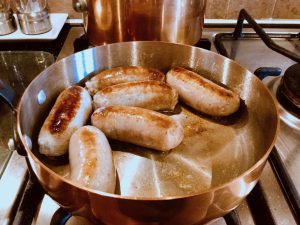
A happy pan of bangers in the Nosey kitchen. Photo The Nosey Chef.
When it comes to cooking sausages, it is all too easy to give the job to a frying pan, burn the casing and still have semi-lethal, uncooked pork in the centre. Better is to give them some colour in the pan, and move them to an oven. The method given here adds floured onions to beer and stock to make a gravy that essentially self-thickens in the oven with the bangers. The method for this dish comes from Steve Dolby, a British/American pro chef who has a lovely YouTube channel called Steve’s Cooking.
Bangers and onion gravy
Ingredients
- 1 tbsp neutral oil
- 8 good pork sausages
- 2 onions, finely sliced (use a mandoline if you have one)
- 2 tbsp plain flour
- 150ml lager
- 150ml chicken stock
- 2 tbsp sage, finely sliced
- Salt and freshly ground black pepper
Instructions
Preheat an oven to 200˚C.
Heat the oil in a small sauté pan, and brown the sausages on all sides. Remove the sausages, add the onion and cook on a low heat until soft (about 15 mins). Add the flour and cook out for about 2 mins.
Put the sausages and onions in an ovenproof gratin dish, and pour over the stock and beer and season. Whisk the flour-coated onions in a little. Bake in the oven for at least 20 mins, annoying it with a whisk now and then to keep the onions nice and separate.
Serve the sausages with the onions and gravy spooned over.
Notes
Serve bangers with mashed potatoes and a green side, or combine those as a colcannon made with kale and onions.

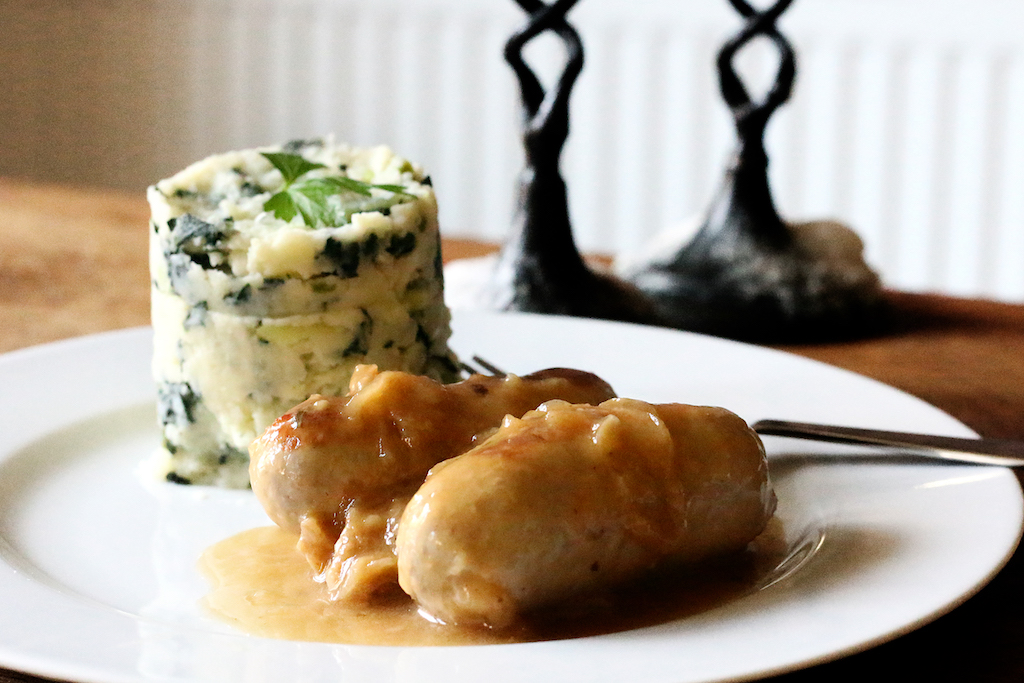

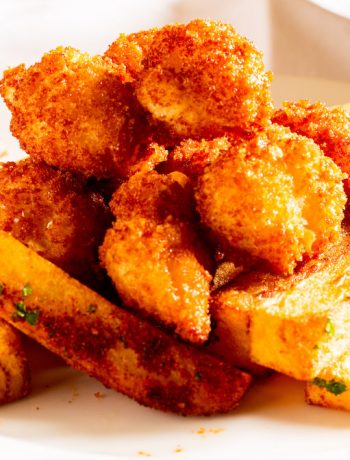
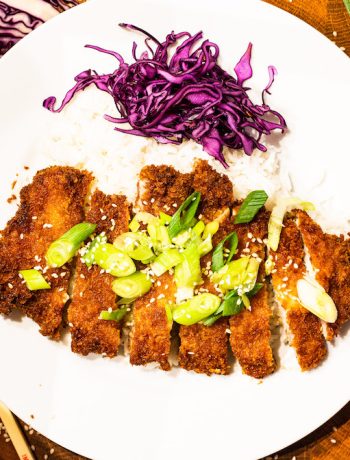
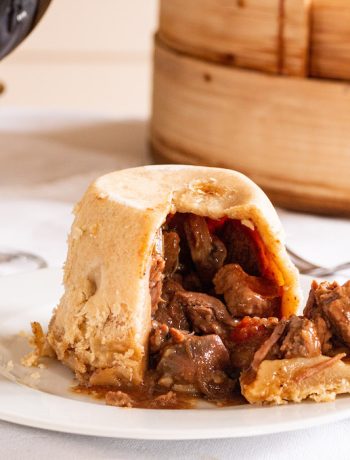
No Comments